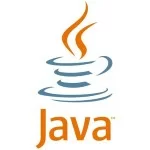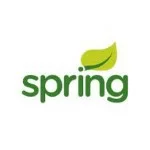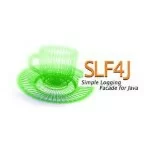Enterprise Java
Where can I run EJBs ?
EJBs are built for more than just a Java EE application server. They can also execute in a Java EE Web Profile container or plain Java SE environment (Java SE ! yeah – Easy Java Beans !).
EJB Lite
- Required to support only a subset of the features which are provided by the full EJB specification – a lightweight version of the same
- A Java EE Web Profile certified container has to support the EJB Lite spec
Embedded Container
- Embedded = in-memory
- Executes in a JVM (plain Java SE environment) e.g. just as a part of bigger Java SE, JavaFX or a Swing application
- Required to support all the features within the EJB Lite spec.
- e.g – Open EJB
01 02 03 04 05 06 07 08 09 10 | public class EmbeddedEJBExample{ //inject an EJB available on the classpath @EJB MyLocalEJB local; //use JNDI to talk to remotely deployed EJBs (via RMI) EJBContainer container = EJBContainer.createEJBContainer(); Context context = container.getContext(); ARemoteEJB remote = (ARemoteEJB) context.lookup(<provide JNDI name here >)} |
Application Client Container
- Technically not an EJB container
- Executes in a Java SE environment but it has some Java EE capabilities as well
- Because of it’s Java EE related features, it can be used to talk to remotely deployed EJBs using DI (@EJB) or JNDI calls
EC and ACC are not the same
- An Embedded Container provides a run time to host EJBs themselves
- Application Client Containers are meant to host clients of remote EJBs apart from providing the ability to consume other services deployed on remote Java EE servers e.g. interaction with JMS destinations etc.
| Reference: | Where can I run EJBs ? from our JCG partner Abhishek Gupta at the Object Oriented.. blog. |





